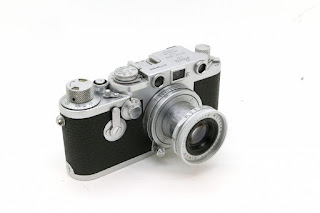David Alan Harvey has used a variety of camera gear throughout his career, often favoring a minimalist approach with a "one-camera, one-lens" philosophy.
Here's a summary of the equipment he's known to have used:
Cameras
- Leica Rangefinders: He started with a Leica IIIF when he was 14 and later used an M6 for 25 years. He has also mentioned using a Leica Monochrom and Leica M series cameras more recently.
 |
| Leica IIIf |
- Fujifilm: He often uses Fujifilm cameras, including the X-T1, X-Pro1, X-Pro2, and X100. He takes the X-T1 when a smaller size is useful.
 |
| Fujifilm X-T1 |
 |
| Fujifilm X-Pro 2 |
- Nikon: He has used Nikon cameras, including the D800 and previously a D100.
 |
| Nikon D800 |
- Canon: At one point, he used a Canon EOS 1D X.
 |
| Canon 1Dx |
- Medium Format: He has experience with medium format cameras, specifically mentioning the Fuji 6x9 and Mamiya 7.
 |
| Fuji 6x9 |
 |
| Mamiya 7 |
- Other: He has also mentioned using a Panasonic GF1 and even an iPhone.
 |
| David Alan Harvey and an iPhone |
- Epson: He used the Epson R-D1.
 |
| Epson R-D1 |
Lenses
- His most frequent lens choice throughout his career has been the 35mm focal length
- More recently, he has grown fond of the 50mm too, and sometimes uses a 28mm.
- Specific lenses mentioned include the Leica Summilux 50mm f/1.4, Fujinon XF 35mm f/1.4 R, and Zeiss Touit 32mm f/1.8 (in Fuji X mount).
Flash
- He uses a flash indoors quite a bit, specifically a Vivitar 2800 with a warming gel for nighttime street photography, often using a "dragging the shutter" technique.
Bags
- He designed camera bags with Filson, emphasizing portability, durability, and a discreet appearance.
It's clear that while he has preferred certain setups (especially Leica with a 35mm lens), he is adaptable and emphasizes creating images over specific gear, stating that he doesn't care what camera he shoots with, only that he can create images.










